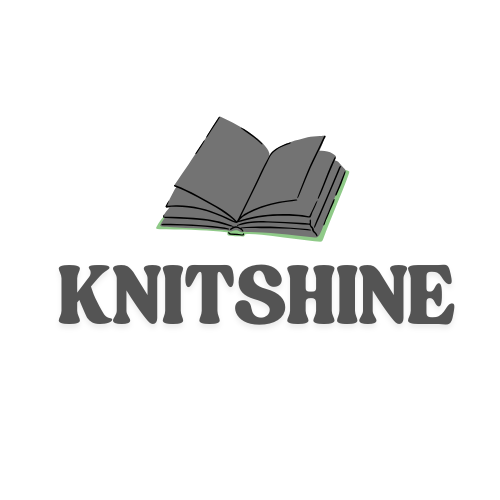Introduction
In the realm of sewing and embroidery, organization is key. Among the myriad tools and accessories, the needle book stands out as both functional and charming. Handmade wool felt needle books, in particular, have garnered attention for their durability, aesthetic appeal, and the personal touch they bring to one’s crafting kit.
Historical Significance
The concept of a needle book isn’t new. Historically, sewists used various methods to store and protect their needles. Over time, the needle book evolved, with materials and designs reflecting the era’s artistic trends. Wool felt, known for its resilience and softness, became a preferred material, offering both protection for needles and a canvas for decorative expression.
Craftsmanship and Materials
Creating a handmade wool felt needle book involves meticulous craftsmanship. Artisans often select high-quality wool felt, ensuring longevity and a pleasant tactile experience. Embellishments like embroidery, beads, and appliqués add a personalized touch, making each piece unique. The process not only showcases the maker’s skill but also transforms a simple tool into a work of art.
Functionality Meets Aesthetics
Beyond their beauty, these needle books serve a practical purpose. They keep needles organized, prevent them from getting lost, and protect them from moisture and damage. The compact design makes them travel-friendly, ensuring that crafters can carry their essentials wherever they go.
Environmental Considerations
In today’s eco-conscious world, the sustainability of materials is paramount. Wool felt is biodegradable and renewable, making it an environmentally friendly choice. By opting for handmade needle books, consumers support sustainable practices and reduce reliance on mass-produced, synthetic alternatives.
Conclusion
Handmade wool felt needle books encapsulate the perfect blend of functionality, artistry, and sustainability. They are a testament to the enduring appeal of handcrafted items in an increasingly digital age.
